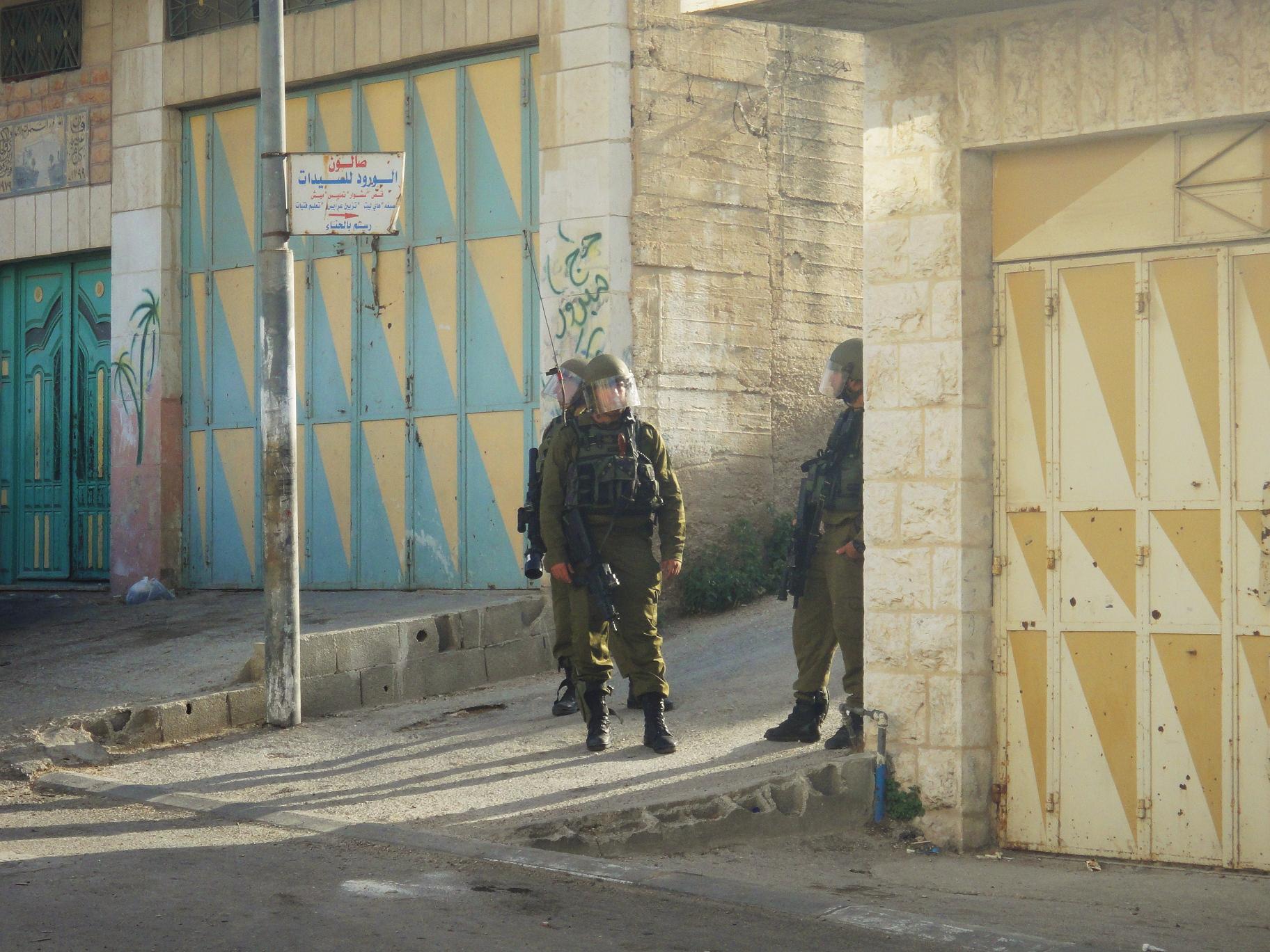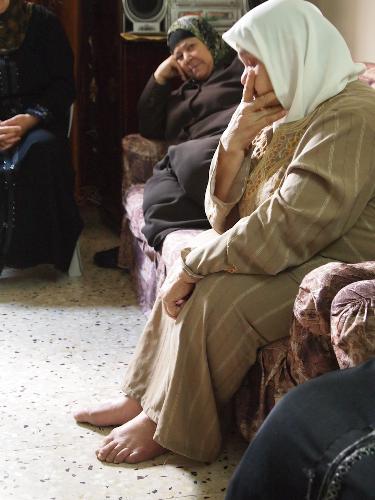Category: Reports
-
Military presence at Hebron schools – regular updates
7th May 2013 | International Solidarity Movement | Hebron, Occupied Palestine By Team Khalil Regular updates on harassment of Palestinian schoolchildren by Israeli military in Hebron. UPDATE 12th May 2013: On the 12th May, once again, 2 Israeli military jeeps were stationed at the checkpoint at 7am as children passed through to get to their…
-
“The Israeli system has a contempt for justice” – Swedish activist being deported despite false charges and legal appeal
13th May 2013 | International Solidarity Movement | Hebron, Occupied Palestine By Team Khalil UPDATE 14th May 2013: Gustav is currently being put onto a plane against his will. His lawyer tried a last minute stay on the deportation to allow to the legal process of his appeal to continue, but this was ignored by…
-
Brother and sister arrested without charge in Kufr Qalil
12th May 2013 | International Solidarity Movement | Nablus, Occupied Palestine Team Nablus At 1:30 am on May 12, Israeli soldiers arrested a brother and sister from Kufr Qalil without charge and ransacked their home, terrorizing their family and leaving them with no information about the siblings’ imprisonment. Israeli soldiers arrived at the residence of…


